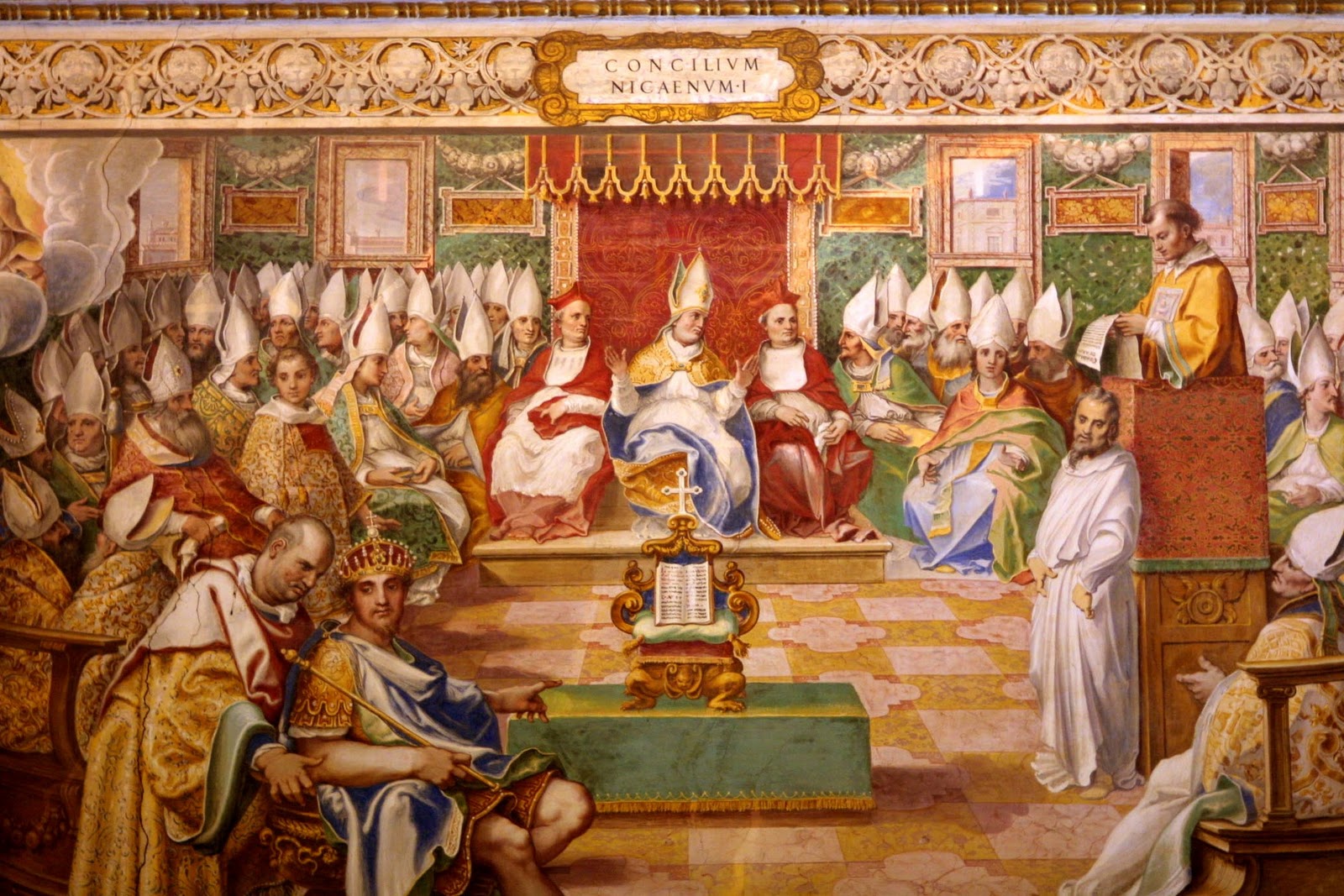

The Know
Nephi’s selection of specific Isaiah passages was neither random nor clumsy. The ancient prophet was concerned with imparting a specific visionary or prophetic view that “foresaw the future in four distinct stages.” Those four stages are: 1) Christ’s coming, 2) his rejection and the scattering of the Jews, 3) the day of the Gentiles, and 4) the restoration of the house of Israel.1
In each stage, Nephi “quoted a selection from Isaiah” because it conveyed themes and words which were “relevant to one of those stages.”2 John W. Welch identified the third stage in Nephi’s four stage view as the day of the Gentiles.3
1 Nephi 13 describes the period that can be called the day of the Gentiles, which is marked by such events as the coming forth of the Book of Mormon and the convincing of the Jew and Gentile that Jesus is the Christ. This stage in Nephi’s prophetic view of history serves as the preparatory stage for the eventual restoration of the house of Israel and the ultimate triumph of Zion over Babylon.
As Welch observed, in illustrating this stage Nephi “draws heavily” from such passages of Isaiah.4 For instance, Isaiah 49 (quoted in 1 Nephi 21) spoke of God lifting up his hand to the Gentiles in order to have them support the remnants of scattered Israel who were “broken off” and “scattered abroad” (1 Nephi 21:1). This would result in Gentile kings and princes worshipping the Holy One of Israel (Isaiah 49:7); Israel being freed from spiritual and physical bondage (Isaiah 49:9), and carried by Gentile kings and queens as “nursing fathers” and “nursing mothers” (Isaiah 49:23). Nephi uses other passages from Isaiah to illustrate this stage as well, including Isaiah 8-10 and 29.
These scriptures, which the Book of Mormon utilizes, “apply directly to Nephi’s stage three,” which sets in motion the latter-day work of modern Gentiles in restoring the Gospel and preparing Israel for her restoration.5 Nephi would later go on to elaborate on how the day of the Gentiles would unfold, describing the coming forth of the Book of Mormon and including what modern Gentiles should do to avoid incurring God's judgment (2 Nephi 25–30).
The Why
One main stated purpose of the Book of Mormon is “to the convincing of the Jew and Gentile that Jesus is the Christ, the Eternal God, manifesting himself unto all nations” (Book of Mormon Title Page). In order to accomplish this, Book of Mormon authors such as Nephi quoted extensively from other prophetic writings, most notably and consistently Isaiah, and interwove those quotations with his prophetic teachings.
Although the words of Isaiah can be difficult to follow, when we take Nephi as our guide, Isaiah’s vast collection of prophecies can be clearly sorted out. Nephi's vision in 1 Nephi 11-14 informed his reading of Isaiah throughout, which explained how he were able to see the words of Isaiah so clearly and insightfully. 2 Nephi 10 and 26-28 are good examples as the Gentiles were particularly the focus of attention.
This visionary framework also explained why Nephi’s prophetic view is so effectively consistent. “The presence of this underlying consistency” in Nephi’s prophetic view of history “should not be particularly surprising to us,” explained Welch. After all, “the Nephite prophets claimed that all prophets prophecies essentially the same word of Christ” and acted as witnesses of Him.6
In addition to helping us develop our testimonies in Christ, Welch clarifies that “the Nephite prophetic view supplies modern readers with the big picture in understanding Isaiah.” This includes understanding what is meant by the "day of the Gentiles" and how the modern day fits in the larger scheme of sacred history.7 President Ezra Taft Benson taught,
The Lord has designated these days in which we live as the “times of the Gentiles.” The Gentile nations are the so-called Christian nations—North and South America and the European nations from which we came. The “times of the Gentiles” refers to that period of time extending from when the gospel was restored to the world (1830) to when the gospel will again be preached to the Jews—after the Gentiles have rejected it.8
Today is the day or times of the Gentiles. Although many challenges exist that we must face in an increasingly sinful world, President Benson and other prophets, including Nephi, have assured us that the latter-day work of those of Gentile nations will prepare Israel for her eventual restoration.
Accounting for the use of Isaiah in the Book of Mormon has never been easy, but with Nephi’s framework in mind attentive readers can see why he said what he said and why that's so helpful to know.
Further Reading
John W. Welch, “Getting through Isaiah with the Help of the Nephite Prophetic View,” in Isaiah in the Book of Mormon, ed. Donald W. Parry and John W. Welch (Provo, UT: FARMS, 1998), 19–45.
Alse see KnoWhys 38, 40, and 42 for more on Nephi's Prophetic view.
- 1. John W. Welch, “Getting through Isaiah with the Help of the Nephite Prophetic View,” in Isaiah in the Book of Mormon, ed. Donald W. Parry and John W. Welch (Provo, UT: FARMS, 1998), 22.
- 2. Welch, “Getting through Isaiah with the Help of the Nephite Prophetic View,” 19.
- 3. Welch, “Getting through Isaiah with the Help of the Nephite Prophetic View,” 22.
- 4. Welch, “Getting through Isaiah with the Help of the Nephite Prophetic View,” 29.
- 5. Welch, “Getting through Isaiah with the Help of the Nephite Prophetic View,” 25.
- 6. Welch, “Getting through Isaiah with the Help of the Nephite Prophetic View,” 32.
- 7. Welch, “Getting through Isaiah with the Help of the Nephite Prophetic View,” 32.
- 8. Ezra Taft Benson, “Prepare Yourself for the Great Day of the Lord,” New Era, May 1982, online at https://www.lds.org/new-era/1982/05/prepare-yourself-for-the-great-day-o...





